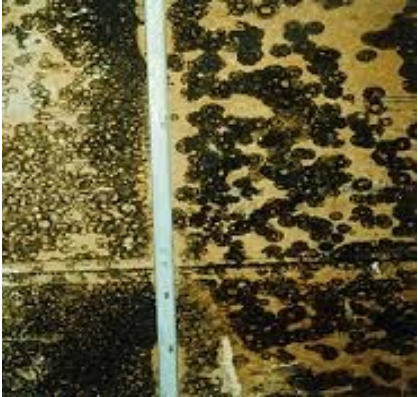

What causes mold growth?
Mold growth can be caused by any condition resulting in excessive dampness. Common dampness sources include rain leaks on roofs and wall joints; surface and groundwater leaks due to poorly designed or clogged rain gutters and footing drains, plumbing leaks and stagnant water in appliances like dishwashers, refrigerator drip pans, and condensing coils and drip pans in HVAC systems.
Dampness issues can moreover be because of uneven indoor temperatures, poor air circulation, soil air entry into basements, contact of humid unconditioned air with cooled interior surfaces, and poor insulation on indoor chilled surfaces